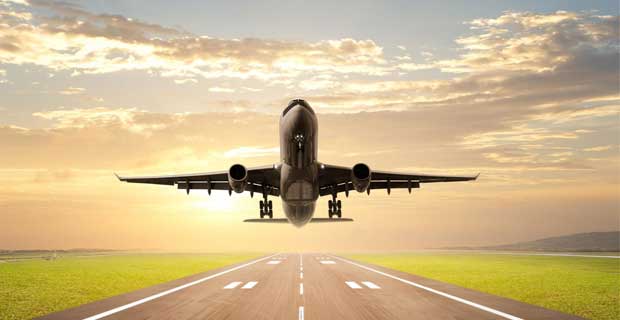“India’s biggest full service carrier Jet Airways Pvt. Ltd. has told its pilots that the airline may be grounded in 60 days unless cost cutting measures including pay cuts are put in place”, a senior company executive told Reuters. Pilots, who refused 15% pay cut have been informed that the airline was running out of time to slash costs and raise revenue. The company was looking at sales and distribution, payroll, maintenance and other areas for savings to create a healthy and more resilient business. Jet Airways is looking for working capital loans but banks want the airline to show a turnaround commitment. Surging fuel prices and weaker Indian Rupee are hurting the airlines and India’s leading carrier Indigo reported a 97% plunge in profits. Jet airways earlier agreed to purchase 75 Boeing 737 MAX aircraft to meet domestic passenger demand taking its total order for the white body planes to 225.
In this article, I will analyze the reasons for ailing civil aviation sector.
Let us first see what the exact problem is considering the fact that everyone had a opinion that the airlines is doing pretty well. As I already mentioned, the two major reasons are the surging fuel prices and a drop in Indian Rupee. These are two important components for any airline to function. Most of their liabilities are linked to US dollars. Beyond these two obvious reasons, infrastructure is one of the major issues that aviation industry is facing currently. To increase the demand, companies are trying to make fares more reasonable for the consumers but trained pilots are still a limited resource. All these multiple reasons are having a combined effect on the balance sheet of the airlines.
Moreover, airlines is a difficult financial business to manage and Jet Airways started with a wrong model of full service airline switching to a partly low cost airline which has not been able to cope up with the incoming low cost airlines. They also sold a part of their capital to Etihad and now they want to go directly to Europe which is another problem.
Do we need any policy level changes as far as civil aviation sector is concerned? There is a lot of untapped potential and lot of demand in this particular sector. The problem is that the kind of demand being generated and the kind of demand being catered to is very different. This is where most of the airlines have stuck themselves. Full service airlines are no more a successful model at all. Jet airways in particular has made money. It has not always been a loss making venture. The problem came with the investment of the earned money and reinvention of the airways with changing industry scenario.
Let us understand the basic mathematics through two statistics-
The fares have decreased by up to 30% but the indexation benefits are decreasing due to decreasing inflation leading to increase in the taxes paid. The demand is also increasing in the low cost airline segments and the government policies is also facilitating that. The demand generated however through this model is not sustainable in the long term because such a growth comes with a particular cost. To capitalize the market, there is a need to put infrastructure as well and have more capacity building in terms of trained technical resources not limited to just pilots. For a healthy growth, we need more airports where the short duration flights don’t have to hover around the city for landing. This time needs to be incubated for a better growth because short duration domestic flights are in demand.
Is there no place for full service airlines in Indian Civil aviation sector today? The dominant passengers in present scenario are going low cost. For domestic flights, there is a very little demand for business class. For long distance flying, there is a huge scope for full service airlines. As people get wealthier, they switch to business class willingly including the tourists.
The biggest question before the industry is the way of proper catering to the demand. In the old times when there were only two to three airlines, they used to dictate the price.With the increase in the number of airlines , that leeway that airlines used to have is gone. One solution that can be thought of is mergers and acquisitions leading to again 3 or 4 players who dictate the price. This is not a healthy economic solution since the idea of oligopoly is not good for a mixed economy like India. The idea of a subsidized system is a bad long term approach and is not sustainable. Rather than putting money in airlines, government should look to put money into infrastructure which will be a long term sustainable approach in this crisis.
Rather than metro to metro connectivity, there is a need for smaller towns to metro connectivity and for that there is a need of proper infrastructure . The present NDA government is playing a vital role in this through the UDAN scheme where it has taken a correct long term approach for demographic concentration in a country like India. Better connectivity is the need of the hour and the government is in the right direction for connecting the country.The only solution to this is that the focus should be on the consumers.
